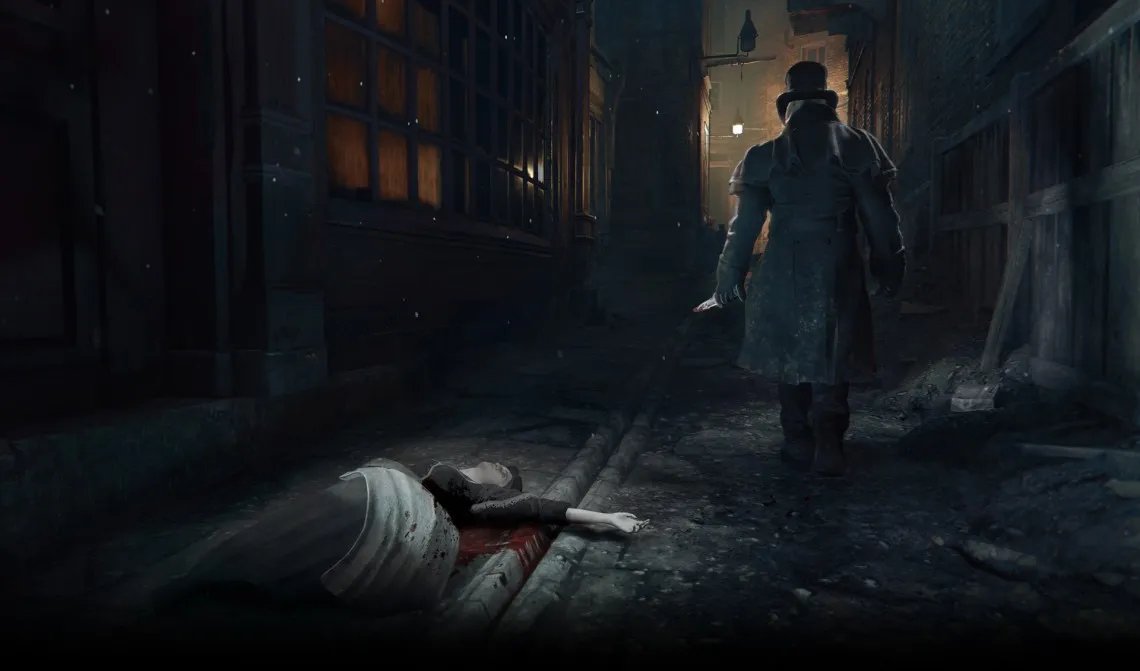Jack the Ripper’s five known victims were Mary Ann Nichols, Annie Chapman, Elizabeth Stride, Catherine Eddowes, and Mary Jane Kelly. They were nicknamed the Canonical Five because they were all brutally murdered using the same modus operandi – their throats were cut. Then their abdomens were mutilated, and internal organs were removed.
Although these were the five most talked about of Jack the Ripper’s victims, which all took place between 1888 and 1892, at least a dozen murders attributed to Jack the Ripper were reported. It seems as though after the body of Mary Jane Kelly had been found – victim number five – that the press lost interest, and public reports stopped. The police investigations, though, did not.
It is thought that because Jack the Ripper’s victims were all believed to be prostitutes, the class-based disdain and misogyny around the women lessened the impact of their murders on the higher echelons of society. As a result, public interest eventually waned.
Ultimately though, every single one of the victims of these horrific murders committed by Jack the Ripper was a daughter, mother, wife, sister, and friend – a human being who had their own stories to tell. We would like to introduce them to you all here as people in their own right, to give them the dignity and respect that was not afforded them when they were still alive. These are the women who were murdered.
Mary Ann Nichols
Mary Ann, also known as Polly, was the daughter of a locksmith who married a man named William Nichols. She was also the mother of five. When William and Mary Ann split, he was required to pay her five shillings a week but stopped the payments when he discovered that she had been earning extra through illicit means. As a result, Mary Ann Nichols was forced into prostitution and was in and out of workhouses.
Annie Chapman
Annie Chapman, the Ripper’s second victim, was the daughter of a soldier. Married with three children, one of whom died at the age of 12 and another who was born disabled. The grief and sense of overwhelm drove both her and her husband to drink, and eventually, they separated.
For a while, life was good. Annie was receiving 10 shillings a week from her ex-husband, and she had also found companionship with a wire sieve maker in Whitechapel. Unfortunately, her husband died, which meant that his payments died with him, and the sieve maker soon left her, leaving her close to destitution and scratching a living through craftwork. When this destitution grew, Annie turned to prostitution in her desperation.
Elizabeth Stride
Elizabeth Stride, or ‘Long Liz’, had also been separated from her original husband and was in a relationship with a docker named Michael Kidney, who allegedly was handy with his fists. Like the other two women, she struggled with poverty, scratching a living from sewing and doing housework. On the day of her death, Elizabeth was penniless, homeless, and found herself on the streets seeking a way to earn enough to pay for some temporary lodgings.
Catherine Eddowes
Outlining Catherine Eddowes’ history, you will evidently see the pattern starkly staring out at you – abandoned by their husbands, having problems with alcohol, thrown into poverty, and scratching a living by any means. Catherine Eddowes was no exception. Although she was in a relationship with John Kelly, the couple often went their separate ways, and Catherine resorted to prostitution to help pay the rent. On the day of her death, she had actually been picked up and put in a cell for being drunk but released back out onto the streets at 1.00 am. Within an hour, her mutilated body was discovered on the Southwest corner of Mitre Square.
Mary Jane Kelly
Known as the final victim of the Canonical Five, Mary Jane Kelly was a short, stout dark-haired woman who was working in a brothel in the West End of London. Like her fellow victims, Mary Jane was prone to drink and was described as ‘very much the worse for drink’ on the night that she was murdered. What differed is that Mary Jane was murdered in her lodgings – and from the descriptions, the killer took his time to carry out the most grisly and horrific of mutilations. He evidently had the time and privacy to linger over his administrations.
The Ripper Himself
That the perpetrator of these horrendous crimes was never caught might be down to the lower socio-economic status of these women can only be surmised. The crimes evidently perturbed the community, and much effort was put into controlling the area and putting in safeguards for women. Unfortunately, there was a particular class of women in those days who would fall through the cracks of local communities, making them vulnerable to all kinds of abuse.
Many theories and suspects were considered. A key suspect was Aaron Kominski, a Polish-born hairdresser and barber who had spent some time in a lunatic asylum for threatening his sister with a knife, but this was never proven.
It is important to always remember behind these grisly murders, and the industry that they have since spawned is the very human and sad stories of women who had lived in abject poverty and done everything within their means to survive the cruel streets of 19th-century east end London.



No comments:
Post a Comment